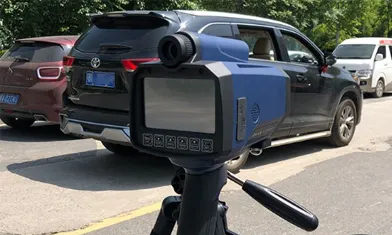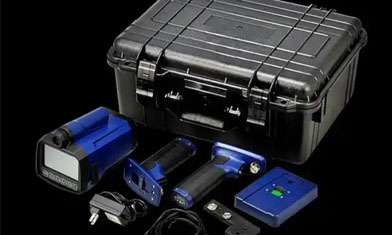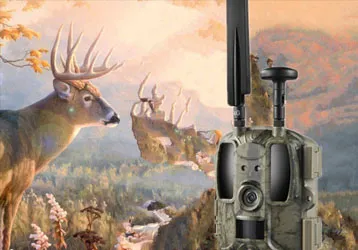Suudi Arabistan Doğa Rezervleri Onick Am-999 Kızılötesi İzleme Kameralarının Düzinelerce Satın Aldı
To scientifically implement epidemic prevention and control measures, the Saudi Arabian Nature Reserve has decided to conduct a special survey of wild boar resources. The reserve has purchased dozens of Onick AM-999 infrared trigger cameras to monitor wild boar distribution and population numbers, understand wild boar habitat conditions, conflicts between owners and owners, and the cross-distribution of outdoor owners with farmed wild boar and domestic pigs. The Onick AM-999 infrared monitoring cameras capture data and images to establish a wild boar resource database and map wild boar repopulation and population density, providing scientific data support for African swine fever prevention and control.
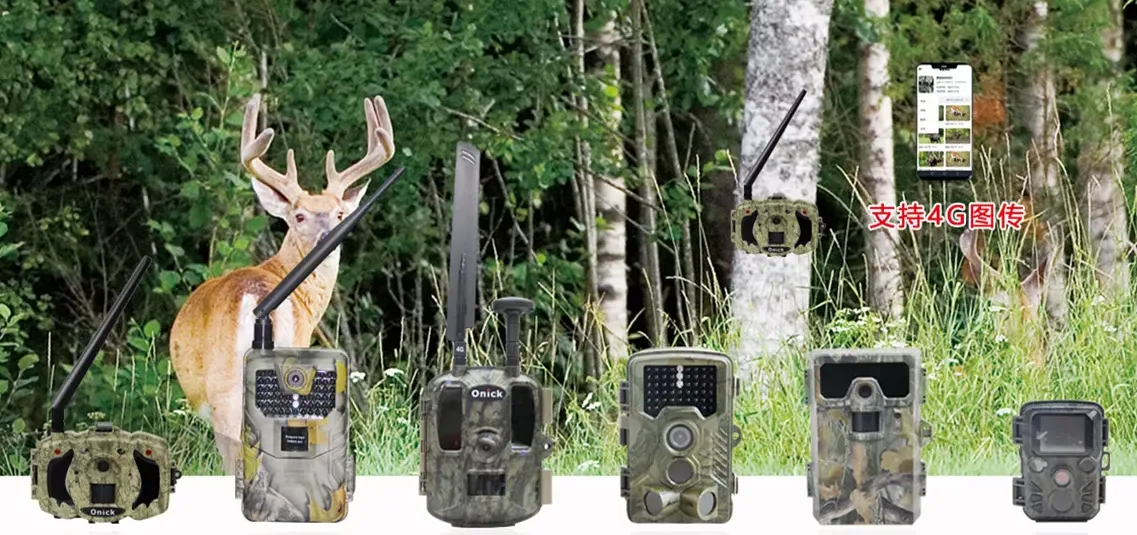
Survey Content:
1. Wild boar population distribution survey;
2. Wild boar population size and density survey;
3. Wild boar-community conflict survey;
4. Cross-distribution of outdoor wild boar with farmed wild boar and domestic pigs;
5. Wild boar habitat survey.
The Onick AM-999 (without MMS) is a 12-megapixel infrared trigger camera with a built-in 2-inch color display. Using pyroelectric sensing technology to detect animals and people, the camera automatically captures high-definition images and videos. When no animals or people are detected, the camera maintains an energy-saving mode, consuming only 300 microamps. This allows for extended periods of alert, with a standby time of up to six months using eight AA alkaline batteries. If an animal or person enters the detection zone, the camera immediately activates (with a startup time of 0.8-1 second) to capture photos or videos. Each camera features built-in infrared illumination, with a special 940nm LED light that allows for infrared photography in complete darkness, producing high-definition black-and-white images or videos. Color images or videos can be captured in sufficient light.
Features:
1. Rechargeable 10,000mAh lithium battery, capable of taking 5,000-10,000 photos;
2. Remote control via app, with real-time viewing on your phone;
3. Captures crystal-clear 36MP images and 4K video, with clear audio recording;
4. Fast startup response with no lag, and a built-in 120° detection angle, allowing you to capture vivid wildlife moments day or night.
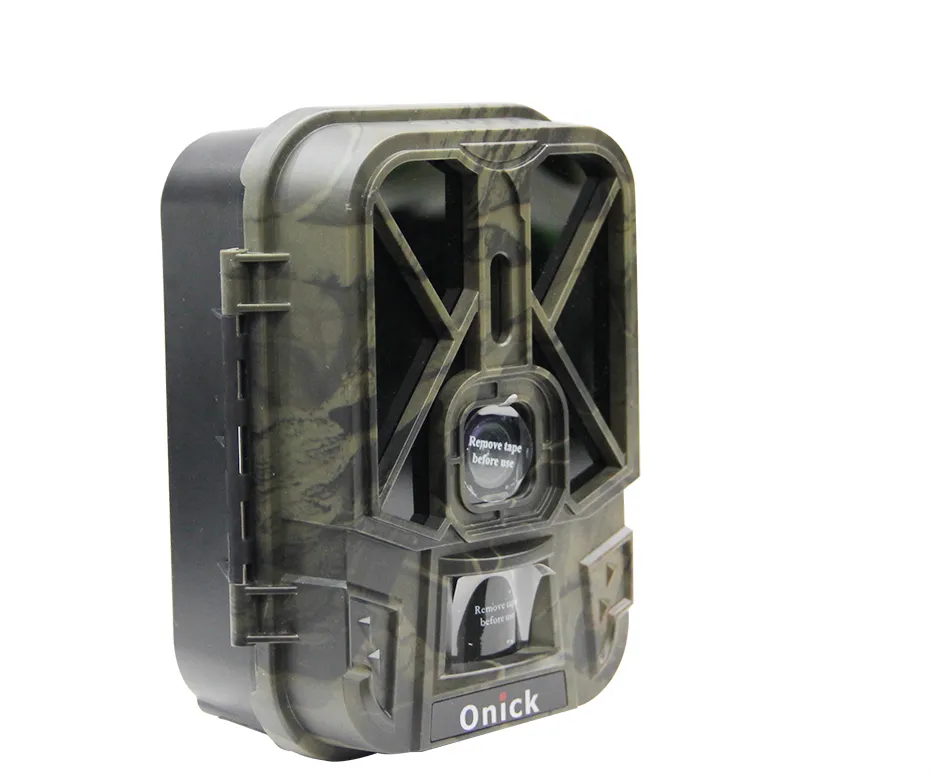
Product Specifications
Model: AM-999G
Image Sensor: 12MP
App: Supports Android and iOS
Live Video Streaming within the App: Yes
Transmission Mode: 4G
Memory: SD card, up to 256GB (not included)
Lens: F=3.1; Field of View = 90°
Dimensions: 155mm * 114mm * 82mm
IR Filter: Fully automatic IR filter
TFT Display: 2.4-inch
IR LED: Black 940nm
PIR Sensor Field of View: 120 degrees
IR LEDs: 56 LEDs
PIR Distance: 25 meters
Trigger speed: 0.3 seconds
Trigger interval: 1/5/10/30 seconds/minute (default 1 second)
Selectable image resolutions: 36MP/24MP/20MP/16MP/12MP
Burst photos: 1/3/6/9
PIR sensitivity: Low/Medium/High/OFF
Video resolution: 4K 30fps/1080P/720P/VGA
Video duration: 5s/10s/30s/60s/90s
File format: JPEG/MP4
Transmission frequency: Every time/Once a day/Twice a day/Six times a day/Twelve times a day
Timer: Select a time period
Overwrite: Off/On
Date and time stamp: Yes
Languages: 18 languages
Exposure: Auto
Password security: 4-digit PIN
Standby current: 0.2mA
Standby time: 8 months
Interfaces: Micro USB; SIM card and Micro SD card slots; 12V DC External power jack
Mounting options: Strap, tripod
Operating temperature: -30°C to +70°C
Power supply: 10,000mAh removable lithium battery or 12V 2A DC external power supply
Waterproof: IP65
Accessories: Strap, power adapter, tweezers, card reader
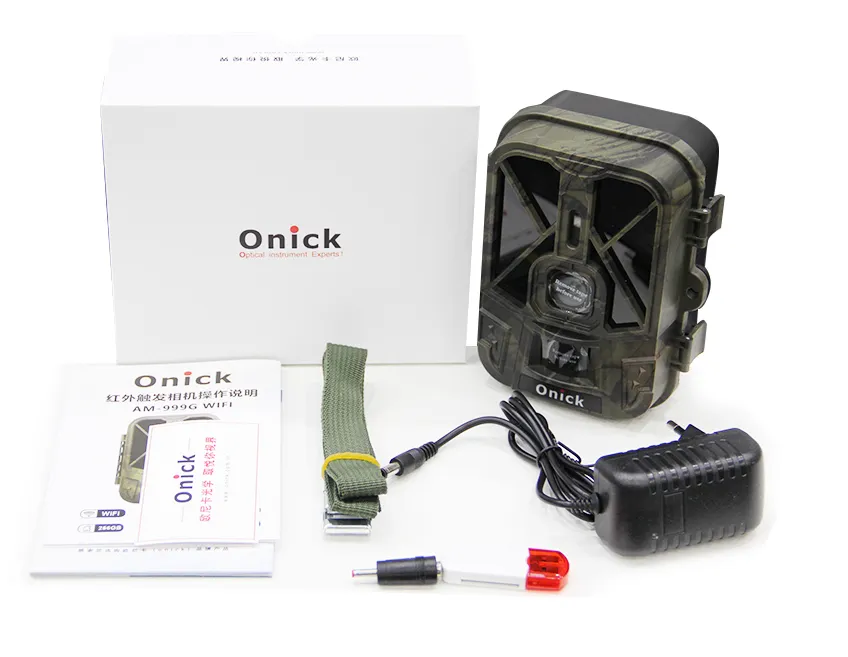
This device is ideal for nature reserves, agricultural and forestry research institutes, forestry bureaus, wildlife protection and inspection agencies, wetland parks, university life science institutes and natural history museums, animal and plant conservation associations, animal surveys, forestry/scientific expedition/zoology/environmental conservation departments, and animal and plant ecology photography enthusiasts. It can be used for animal ecology and behavioral research, tracking and tracking, timed photography and videography of plants, and other field work related to animal and plant surveys, ecological monitoring, behavioral research, or biodiversity surveys. It can also be used in anti-poaching operations. Besides mammals and birds, it can also be used with amphibians, reptiles, and cold-blooded animals.
